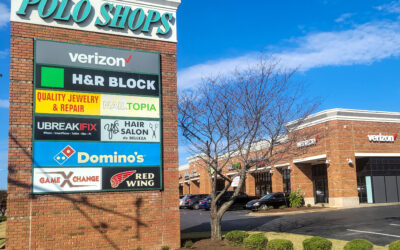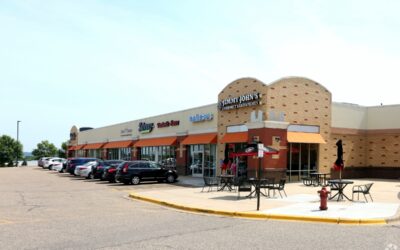The Two Most Common Mistakes new CRE Investors Make
by Ari Michaeli
1) Understanding Market Rents
This concept seems simple, but it’s amazing how many investors miss the mark here and ultimately end up either over-paying for an asset or in some cases, missing out on a buying opportunity because they did not fully understand this critical component to investing in commercial real estate.
So what is this concept really and how does it impact your returns? Market rent is the amount rent that you could charge on a particular suite if it were vacant today, and you were leasing it to a new tenant. And in the great big world of commercial real estate, not all asset classes and available suites for lease are created equal. In commercial real estate, rents are priced on a per square foot basis. For example, if you have a 1,000 SF suite and the market rent is $20/SF, the total rent you would receive on an annual basis would be $20,000.
Within the same asset class, different attributes will shift market rents one way or another from building to building. Meaning, that two spaces, of exactly the same size and in the exact the same condition will not necessarily have the same market rent. For example, two comparable suites in two different industrial buildings may differ significantly in value due to proximity to an interstate. What is it worth to a tenant to be one mile closer to the main distribution arterial?
In the context of retail, two spaces of the exact same size and condition within the same shopping center may not have the same market value. One space may be on the end of a building (end cap) with direct visibility to the street whereas another space may be in the center of the building and have less prominence. One space may have an angular shape to it which could be prohibitive to the tenant’s optimal store layout or have dead, unusable square footage.
Generally speaking, larger suites equate to a lower market rate per square foot. Why? Because there are fewer tenants in the market seeking suites that are 20,000 SF than tenants seeking 10,000 SF than tenants seeking 2,000 SF, etc, etc. Additionally, if you’re a landlord and you have a 10,000 SF vacancy, in order to lease the space to one tenant as opposed to subdividing it into smaller suites (which is costly to do), you are likely to accept a lower rental rate per square foot.
2) Properly Budgeting for Capital Expenses
Again, sounds simple. The key to this is having expertise in different asset classes and knowing where to focus and prioritize depending on what type of property you’re evaluating. What is a big concern for retail properties may be less of a concern for industrial or multifamily. For example, replacing a roof on a single-story retail building is going to be far more costly, on a relative basis, than replacing a roof on a five-story apartment building.
Another key factor here is to understand is a.) the different options you have for repairs/maintenance and/or replacement and b.) the building material(s) you’re dealing with. In the example of a parking lot, is it asphalt or concrete? How deep do you need to go down—2,4,8 inches? Same goes for roofing. What kind of material is your roof made of? Can you overlay on top of the existing roof, or do you have to rip it off and replace it?
Once you have identified these key areas of your property, you’ll be in a position to bid out the work and effectively budget for the project. On the flip side, if you don’t even know what you’re looking for or what you’re working with, you’ll have surprise expenses that will negatively affect your bottom line.
As a CRE investor, properly accounting for these two factors is absolutely crucial. Coming up short here will put a drag on your returns, so you had better get it right!
About The Author
Ari has spent his entire adult life in the commercial real estate business. A graduate of Tulane University, he has underwritten and/or overseen the acquisition of over 120 Neighborhood Shopping Centers. He is married with two young daughters, and in his limited free time, he enjoys snowboarding and unsuccessfully chasing elk in the Colorado mountains.



